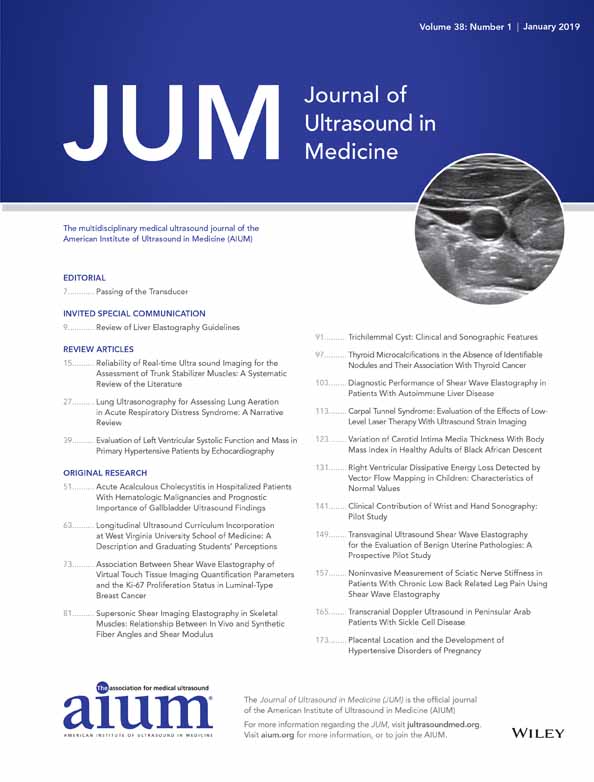Longitudinal Ultrasound Curriculum Incorporation at West Virginia University School of Medicine: A Description and Graduating Students' Perceptions
Abstract
Objectives
Sonography is a clinical tool being incorporated in multiple medical specialties with evidence of improved patient care and cost. Some schools have begun implementing ultrasound curricula. We hope to build upon that foundation and provide another potential framework of incorporation. There are several barriers, including curricular space, equipment and physical space, adequate faculty, and performing assessment.
Methods
At West Virginia University, we began a longitudinal ultrasound curriculum in 2012 with incorporation of didactic and practical sessions into gross anatomy, our systems-based second-year curriculum, physical diagnosis course, and clinical rotations. We included both written and practical assessment from the onset. After the initial 4 years, the first graduates were surveyed on their perceptions of the curriculum. Responses were correlated with specialty choice and clinical campus site.
Results
Based on our survey (90% response rate), students felt sonography was useful for anatomical understanding and patient care. Overall, 93% of our respondents reviewed the curriculum favorably. Qualitative feedback was very positive, with students desiring more ultrasound education and more required components, specifically in clinical rotations.
Conclusions
Based on these results, some changes have already been implemented, including decreased student-to-instructor ratios, more open scan time, and more required components. The breadth of formal assessment has increased. Multiple pilot programs for clinical rotations are being developed. There is an ongoing need for faculty development and continued assessment of ultrasound competency.




